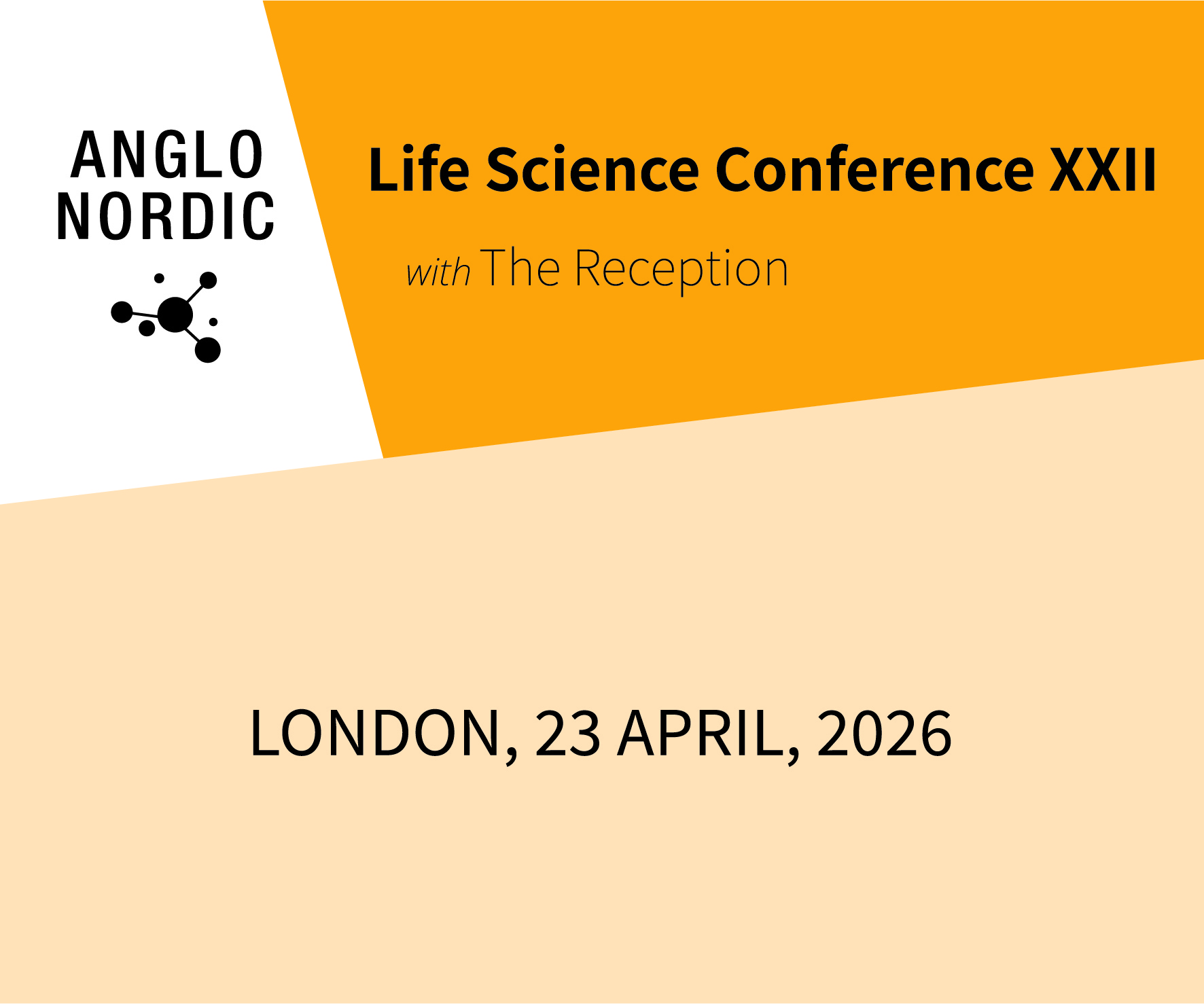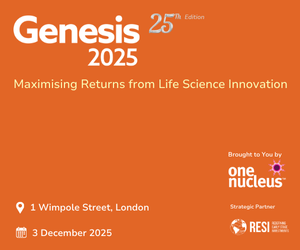The bone marrow niche provides a tightly controlled setting where cellular interactions, biochemical signalling, and mechanical stimuli collectively shape the fate of hematopoietic stem cells (HSCs). Given its role in haematopoiesis, understanding and accurately replicating this niche is crucial for advancing stem cell therapies and developing effective treatments for haematological diseases, such as leukaemia, aplastic anaemia, and myelodysplastic syndromes.
Cutting-edge in vitro models hold great promise for drug development by offering a more predictive platform for studying HSC biology, disease mechanisms, and therapeutic responses. They can serve as valuable tools for testing novel drugs, screening potential treatments for disorders associated with bone marrow, and optimising stem cell-based therapies for transplantation and regenerative medicine.
Challenges in Bone Marrow Niche Modelling
Recreating the bone marrow niche in vitro presents significant challenges. The niche consists of a mix of cellular components, including mesenchymal stromal cells, osteoblasts, endothelial cells, and immune cells, all embedded within a structurally complex extracellular matrix (ECM). Additionally, biochemical gradients, mechanical forces, and fluid dynamics contribute to the functional integrity of the niche, making it difficult to fully replicate in traditional in vitro systems.


























